Targeting Construction Companies: Marketing Tips for Truck Sales
Targeting Construction Companies: Marketing Tips for Truck Sales
The construction industry is a significant market for truck dealerships, offering opportunities to sell a variety of commercial trucks tailored to the specific needs of construction companies. However, effectively reaching and engaging these businesses requires a strategic marketing approach that understands their unique requirements and purchasing behaviors.
This comprehensive guide provides actionable marketing tips for truck dealerships aiming to target construction companies. From understanding your audience to leveraging digital marketing strategies, these insights will help you optimize your efforts and drive more truck sales within the construction sector.
Table of Contents
- Introduction
- 1. Understanding Construction Companies
- 1.1 Construction Company Needs
- 1.2 Decision Makers in Construction Companies
- 1.3 Purchasing Process in Construction Companies
- 2. Effective Marketing Strategies
- 2.1 Digital Marketing
- 2.2 Content Marketing
- 2.3 Social Media Marketing
- 2.4 Email Marketing
- 2.5 Search Engine Optimization (SEO)
- 2.6 Pay-Per-Click (PPC) Advertising
- 3. Building Relationships
- 3.1 Networking in the Construction Industry
- 3.2 Partnerships and Collaborations
- 3.3 Customer Service Excellence
- 4. Utilizing Tradeshows and Events
- 5. Measuring Success
- 6. Best Practices
- 6.1 Consistent Branding
- 6.2 Personalized Marketing
- 6.3 High-Quality Visuals
- 6.4 Follow-Up on Customer Leads
- 6.5 Continuous Learning and Adaptation
- 7. Conclusion
- 8. Frequently Asked Questions (FAQ)
- 9. 25 Additional Keywords
1. Understanding Construction Companies
To effectively market trucks to construction companies, it's essential to understand their unique needs, decision-making processes, and purchasing behaviors. This foundational knowledge will inform your marketing strategies and ensure they resonate with your target audience.
1.1 Construction Company Needs
Construction companies rely heavily on trucks for transporting materials, equipment, and personnel. Understanding their specific needs helps tailor your offerings and marketing messages.
- Durability and Reliability: Construction trucks must withstand harsh conditions and heavy usage. Emphasize the durability, reliability, and low maintenance costs of your trucks.
- Capacity and Performance: Highlight the load capacity, towing capabilities, and engine performance that meet the demands of construction projects.
- Safety Features: Construction sites can be hazardous. Promote advanced safety features such as reinforced frames, safety brakes, and driver assistance technologies.
- Customization Options: Offer customizable configurations to suit different construction needs, such as specialized shelving, tool storage, and off-road capabilities.
- Example: Marketing a heavy-duty truck model with enhanced suspension systems, high towing capacity, and rugged exterior designed for construction environments.
1.2 Decision Makers in Construction Companies
Understanding who the decision makers are within construction companies is crucial for effective marketing. Typically, these include:
- Fleet Managers: Responsible for managing the company's vehicle fleet, including procurement and maintenance.
- Procurement Officers: Handle the purchasing process, negotiating deals, and ensuring cost-effectiveness.
- Construction Managers: Oversee construction projects and require reliable transportation for materials and equipment.
- Business Owners/Executives: Make strategic decisions about large purchases and investments.
- Example: Creating targeted marketing campaigns addressing fleet managers' concerns about vehicle longevity and maintenance costs.
1.3 Purchasing Process in Construction Companies
The purchasing process in construction companies can be complex, involving multiple stakeholders and decision-making stages.
- Needs Assessment: Identifying the specific requirements for trucks based on project demands and operational needs.
- Research and Shortlisting: Evaluating different truck models and dealerships based on features, pricing, and reviews.
- Budget Approval: Securing budget approval from executives or finance departments.
- Vendor Evaluation: Assessing potential vendors for reliability, support services, and value-added offerings.
- Purchase Decision: Finalizing the purchase based on negotiated terms, warranties, and after-sales support.
- Example: Providing detailed product information, financing options, and robust after-sales support to streamline the purchasing process for construction companies.
2. Effective Marketing Strategies
Implementing the right marketing strategies is essential for reaching and engaging construction companies. Below are some of the most effective approaches:
2.1 Digital Marketing
Digital marketing encompasses a range of online tactics designed to increase your dealership’s visibility and attract construction companies.
- Website Optimization: Ensure your website is user-friendly, mobile-responsive, and optimized for relevant keywords related to construction trucks.
- Content Marketing: Create valuable content such as blog posts, case studies, and whitepapers that address the specific needs and challenges of construction companies.
- Pay-Per-Click (PPC) Advertising: Utilize PPC campaigns on platforms like Google Ads to target specific keywords and drive targeted traffic to your website.
- Example: Developing a landing page dedicated to construction trucks, optimized with keywords like “heavy-duty trucks for construction” and featuring detailed product information and CTAs.
2.2 Content Marketing
Content marketing involves creating and sharing valuable content to attract and engage your target audience.
- Educational Blog Posts: Write articles that educate construction companies about the benefits of different truck models, maintenance tips, and industry trends.
- Case Studies: Showcase success stories of construction companies that have benefited from your trucks, highlighting how your products helped them achieve their project goals.
- Video Content: Create video demonstrations, product walkthroughs, and testimonials to provide a more engaging way for construction companies to learn about your trucks.
- Example: Publishing a blog post titled “Top 5 Trucks for Large-Scale Construction Projects” and a corresponding video walkthrough of each truck model featured.
2.4 Email Marketing
Email marketing remains a highly effective way to nurture leads and maintain relationships with construction companies.
- Segmented Lists: Segment your email lists based on factors like company size, location, and specific truck needs to deliver more personalized and relevant content.
- Automated Campaigns: Implement automated email campaigns that guide leads through the sales funnel, from initial contact to purchase decision.
- Newsletters: Send regular newsletters featuring new truck models, industry news, maintenance tips, and special offers to keep your dealership top-of-mind.
- Example: Creating a monthly newsletter for construction companies that includes updates on the latest truck models, case studies, and exclusive discounts for bulk purchases.
2.5 Search Engine Optimization (SEO)
SEO is critical for ensuring your dealership appears prominently in search engine results when construction companies search for trucks.
- Keyword Optimization: Identify and incorporate relevant keywords related to construction trucks and local searches into your website’s content, meta tags, and headings.
- Local SEO: Optimize your Google My Business listing, build local citations, and create location-specific content to improve visibility in local search results.
- On-Page SEO: Ensure that each page on your website is optimized with appropriate title tags, meta descriptions, header tags, and internal links.
- Example: Optimizing a landing page with keywords like “construction trucks for sale in [City]” and including detailed descriptions, images, and CTAs tailored to construction companies.
2.6 Pay-Per-Click (PPC) Advertising
PPC advertising allows you to target specific keywords and demographics, ensuring your ads reach the right audience of construction companies actively seeking truck purchases.
- Google Ads: Create targeted campaigns using relevant keywords and location settings to reach construction companies searching for trucks in your area.
- Remarketing: Implement remarketing strategies to re-engage users who have previously visited your website but did not make a purchase.
- Ad Extensions: Use ad extensions like location, call, and site link extensions to provide additional information and improve ad visibility.
- Example: Running a Google Ads campaign targeting keywords such as “best trucks for construction companies” and using ad extensions to highlight your dealership’s contact information and special offers.
3. Building Relationships
Establishing strong relationships with construction companies can lead to long-term partnerships and repeat business. Here are strategies to build and maintain these relationships:
3.1 Networking in the Construction Industry
Networking is essential for connecting with key players in the construction industry and establishing your dealership as a trusted partner.
- Industry Events: Attend construction industry conferences, trade shows, and seminars to meet potential clients and showcase your truck offerings.
- Professional Associations: Join local and national construction associations to build connections and gain credibility within the industry.
- Networking Groups: Participate in local business networking groups and chambers of commerce to expand your professional network.
- Example: Sponsoring a booth at a major construction trade show to demonstrate your trucks and engage directly with construction company representatives.
3.2 Partnerships and Collaborations
Forming strategic partnerships can enhance your marketing efforts and provide additional value to construction companies.
- Local Contractors: Partner with local contractors and construction firms to offer exclusive deals or bundled services.
- Equipment Suppliers: Collaborate with suppliers of construction equipment to create comprehensive solutions for construction companies.
- Financing Institutions: Work with financing institutions to provide flexible payment options tailored to the needs of construction businesses.
- Example: Partnering with a local construction firm to offer discounted truck packages for their ongoing projects, fostering mutual growth and collaboration.
3.3 Customer Service Excellence
Providing exceptional customer service is key to retaining construction company clients and encouraging positive referrals.
- Personalized Service: Offer tailored solutions that meet the specific needs of each construction company, such as custom truck configurations or dedicated account managers.
- Responsive Communication: Ensure prompt and effective communication through various channels, including phone, email, and in-person meetings.
- After-Sales Support: Provide comprehensive after-sales support, including maintenance services, parts availability, and timely assistance with any issues.
- Example: Assigning a dedicated account manager to each construction company client to handle their specific needs and provide personalized support throughout the purchasing and ownership process.
4. Utilizing Tradeshows and Events
Tradeshows and industry events are valuable opportunities to showcase your trucks, network with potential clients, and stay updated on industry trends.
4.1 Benefits of Tradeshows
Participating in tradeshows offers numerous benefits for truck dealerships targeting construction companies.
- Brand Exposure: Increase your dealership’s visibility among construction industry professionals and potential buyers.
- Lead Generation: Collect leads from interested attendees who are actively seeking truck solutions for their projects.
- Market Insights: Gain valuable insights into industry trends, competitor offerings, and customer preferences.
- Product Demonstrations: Showcase your trucks’ features and capabilities through live demonstrations and interactive displays.
- Example: Exhibiting your latest heavy-duty truck model at a construction industry trade show, allowing attendees to see and experience the truck’s performance firsthand.
4.2 Preparing Your Tradeshow Booth
A well-designed tradeshow booth can attract attention and effectively communicate your dealership’s value proposition to construction companies.
- Eye-Catching Design: Create a visually appealing booth with clear branding, high-quality graphics, and an organized layout that highlights your trucks.
- Informative Displays: Use banners, posters, and digital screens to showcase key features, specifications, and benefits of your truck models.
- Interactive Elements: Incorporate interactive elements such as touchscreens, virtual reality experiences, or live demonstrations to engage attendees.
- Promotional Materials: Provide brochures, business cards, and promotional items that attendees can take with them for future reference.
- Example: Designing a booth with large banners displaying your top truck models, digital displays showing video walkthroughs, and a live demonstration area where attendees can test drive a truck.
4.3 Engaging Tradeshow Attendees
Effectively engaging with tradeshow attendees can turn prospects into leads and ultimately into customers.
- Knowledgeable Staff: Ensure your booth staff are well-trained, knowledgeable about your trucks, and capable of answering technical questions from construction professionals.
- Demonstrations: Conduct live demonstrations to showcase your trucks’ capabilities and how they meet the specific needs of construction projects.
- Incentives: Offer incentives such as discounts, freebies, or exclusive deals for tradeshow attendees to encourage immediate interest and follow-up.
- Follow-Up Strategy: Collect contact information from interested attendees and implement a follow-up strategy post-tradeshow to convert leads into sales.
- Example: Hosting a live demonstration of your latest truck model’s towing capabilities and offering a special discount for attendees who schedule a test drive during the event.
5. Measuring Success
Measuring the success of your marketing efforts is essential to understand what works, identify areas for improvement, and optimize your strategies for better results.
5.1 Key Performance Indicators (KPIs)
Tracking the right KPIs helps you evaluate the effectiveness of your marketing strategies and make informed decisions.
- Lead Generation: Measure the number of leads generated from various marketing channels, such as website forms, tradeshow interactions, and email campaigns.
- Conversion Rate: Track the percentage of leads that convert into sales to assess the effectiveness of your sales funnel and marketing efforts.
- Website Traffic: Monitor the volume and quality of traffic to your website, focusing on metrics like organic search traffic, referral traffic, and bounce rate.
- Engagement Metrics: Evaluate engagement metrics on your content, such as time on page, social media interactions, and email open rates.
- Return on Investment (ROI): Calculate the ROI of your marketing campaigns to determine their profitability and allocate resources effectively.
- Example: Analyzing that a specific PPC campaign generated a high number of qualified leads and a strong conversion rate, leading to increased sales and a positive ROI.
5.2 Analytics Tools
Utilizing analytics tools provides in-depth insights into your marketing performance and helps you track progress toward your goals.
- Google Analytics: Track website traffic, user behavior, conversion rates, and other essential metrics to understand how visitors interact with your site.
- Customer Relationship Management (CRM) Systems: Use CRM tools like Salesforce or HubSpot to manage and analyze customer interactions, track leads, and monitor sales performance.
- Social Media Analytics: Use built-in analytics tools on platforms like LinkedIn, Facebook, and Instagram to measure engagement, reach, and the effectiveness of your social media campaigns.
- Example: Using Google Analytics to identify that blog posts about truck maintenance tips are driving significant traffic and generating leads, prompting you to create more similar content.
5.3 Adjusting Strategies Based on Data
Data-driven adjustments ensure that your marketing strategies remain effective and aligned with your business objectives.
- Identify Trends: Analyze data to identify trends and patterns in customer behavior, preferences, and market dynamics.
- Optimize Campaigns: Refine your marketing campaigns based on performance data, focusing more on high-performing channels and tactics.
- A/B Testing: Conduct A/B tests on different marketing elements, such as email subject lines, ad creatives, and landing page designs, to determine what resonates best with your audience.
- Example: Noticing that email campaigns with personalized subject lines have higher open rates, leading you to implement more personalized email marketing strategies.
6. Best Practices
Implementing best practices in your marketing efforts ensures consistency, effectiveness, and long-term success when targeting construction companies.
6.1 Consistent Branding
Maintaining consistent branding across all marketing channels helps build brand recognition and trust with construction companies.
- Visual Identity: Use consistent colors, logos, fonts, and design elements in all your marketing materials to create a cohesive brand image.
- Brand Voice: Develop a consistent brand voice that reflects your dealership’s values and resonates with your target audience.
- Messaging: Ensure that your key messages, such as reliability, durability, and customization, are consistently communicated across all platforms.
- Example: Using the same logo, color scheme, and tagline in your website, social media profiles, email campaigns, and printed materials to reinforce brand identity.
6.2 Personalized Marketing
Personalizing your marketing efforts helps create a more relevant and engaging experience for construction companies.
- Segmented Campaigns: Segment your audience based on factors like company size, location, and specific truck needs to deliver more tailored marketing messages.
- Customized Offers: Provide customized offers and promotions that address the unique requirements of construction companies, such as bulk purchase discounts or specialized financing options.
- Personalized Communication: Use personalized email greetings, targeted content recommendations, and individualized follow-ups to enhance engagement.
- Example: Sending a personalized email to a construction company highlighting truck models that are best suited for their specific types of projects and offering a customized financing plan.
6.3 High-Quality Visuals
Using high-quality visuals in your marketing materials helps capture the attention of construction companies and effectively showcase your truck offerings.
- Professional Photography: Invest in professional photography to highlight the features and build quality of your trucks, both in static images and action shots.
- Video Content: Create engaging video content, such as truck walkarounds, performance demonstrations, and customer testimonials, to provide a comprehensive view of your products.
- Infographics: Use infographics to present important information like truck specifications, benefits, and comparisons in a visually appealing format.
- Example: Developing a video tour of a heavy-duty truck model, showcasing its engine, cargo space, safety features, and customization options, tailored specifically for construction company needs.
6.4 Follow-Up on Customer Leads
Timely and effective follow-up with leads is crucial for converting prospects into customers.
- Prompt Responses: Respond to inquiries and leads as quickly as possible to demonstrate your dealership’s commitment and reliability.
- Personalized Follow-Ups: Customize your follow-up communications based on the specific interests and needs of each lead, providing relevant information and solutions.
- Multi-Channel Approach: Utilize multiple channels for follow-up, including email, phone calls, and personalized messages, to reach leads where they are most comfortable.
- Example: Following up with a construction company lead who attended a tradeshow booth by sending a personalized email with additional information about the truck models they expressed interest in and scheduling a meeting or test drive.
6.5 Continuous Learning and Adaptation
The construction industry and marketing landscape are constantly evolving. Staying updated with the latest trends and adapting your strategies is essential for sustained success.
- Stay Informed: Keep up with industry news, construction trends, and emerging marketing techniques to ensure your strategies remain relevant and effective.
- Training and Development: Invest in ongoing training for your marketing team to enhance their skills and knowledge in digital marketing, SEO, and B2B sales.
- Feedback Loops: Collect feedback from your construction company clients to understand their needs better and refine your marketing strategies accordingly.
- Example: Attending marketing webinars focused on B2B strategies for the automotive industry and implementing new techniques like account-based marketing (ABM) to better target construction companies.
7. Conclusion
Targeting construction companies requires a strategic and tailored approach to effectively market your trucks and meet the specific needs of this industry. By understanding the unique requirements of construction companies, implementing effective marketing strategies, building strong relationships, utilizing tradeshows and events, and continuously measuring and optimizing your efforts, your truck dealership can significantly boost sales and establish a strong presence in the construction market.
Embracing best practices such as consistent branding, personalized marketing, high-quality visuals, and proactive lead follow-up ensures that your marketing efforts resonate with construction companies and drive sustained growth. Additionally, staying informed and adaptable to industry changes will keep your dealership ahead of the competition and responsive to the evolving needs of construction professionals.
Investing in these comprehensive marketing strategies will position your truck dealership as a trusted partner for construction companies, leading to increased sales, customer loyalty, and long-term success in the competitive automotive market.
8. Frequently Asked Questions (FAQ)
1. Why should truck dealerships target construction companies?
Construction companies require reliable and durable trucks for transporting materials and equipment, making them a consistent and lucrative market for truck dealerships.
2. What types of trucks are most popular among construction companies?
Heavy-duty trucks, such as pickup trucks with high towing capacities, commercial trucks, and specialized construction trucks with customizable features, are most popular among construction companies.
3. How can I identify potential construction company clients?
Identify potential clients by researching local construction firms, attending industry events, leveraging LinkedIn for B2B connections, and utilizing targeted digital marketing strategies.
4. What digital marketing channels are most effective for reaching construction companies?
LinkedIn, industry-specific websites, email marketing, content marketing, and SEO are highly effective digital marketing channels for reaching construction companies.
5. How important is a professional website for truck dealerships targeting construction companies?
A professional, user-friendly, and mobile-responsive website is crucial as it serves as the primary online presence where construction companies research and evaluate truck options.
6. What role does content marketing play in targeting construction companies?
Content marketing helps educate construction companies about your truck offerings, establish your dealership as an industry authority, and attract leads through valuable and relevant information.
7. How can SEO improve my dealership’s visibility to construction companies?
SEO enhances your website’s ranking in search engine results for relevant keywords, making it easier for construction companies to find your dealership when searching for trucks online.
8. What are some effective email marketing strategies for truck sales to construction companies?
Segmenting email lists, personalizing content, providing valuable information, offering exclusive deals, and following up promptly are effective email marketing strategies for truck sales to construction companies.
9. How can social media be used to target construction companies?
Use social media platforms like LinkedIn for B2B networking, share relevant content on Facebook and Instagram, engage with industry groups, and run targeted ad campaigns to reach construction companies.
10. What should I include in my content to attract construction companies?
Include detailed truck specifications, case studies, industry insights, maintenance tips, safety features, and testimonials from other construction companies to attract and engage your target audience.
11. How can attending tradeshows benefit my truck dealership?
Tradeshows provide opportunities to showcase your trucks, network with construction professionals, generate leads, and stay updated on industry trends, enhancing your dealership’s visibility and credibility.
12. What are the best practices for optimizing Google My Business for truck dealerships?
Ensure accurate and complete business information, upload high-quality photos, regularly post updates, encourage and respond to reviews, and utilize relevant categories and keywords to optimize Google My Business for truck dealerships.
13. How can partnerships with construction firms enhance my marketing efforts?
Partnerships can lead to exclusive deals, bundled services, and referrals, providing mutual benefits and expanding your reach within the construction industry.
14. What types of content should I create to engage construction company decision makers?
Create content such as in-depth truck reviews, video demonstrations, case studies, industry trend analyses, and guides on selecting the right trucks for specific construction needs to engage decision makers.
15. How important are online reviews for truck dealerships targeting construction companies?
Online reviews build trust and credibility, influencing construction companies’ purchasing decisions. Positive reviews can enhance your dealership’s reputation and attract more clients.
16. Can paid advertising effectively target construction companies?
Yes, paid advertising such as PPC campaigns on Google Ads and targeted ads on LinkedIn can effectively reach construction companies searching for truck solutions.
17. How can I use LinkedIn to market my trucks to construction companies?
Utilize LinkedIn to connect with construction professionals, join relevant groups, share informative content, run targeted ad campaigns, and engage in discussions to market your trucks effectively.
18. What is the role of networking in marketing trucks to construction companies?
Networking helps build relationships, gain referrals, and establish your dealership as a trusted partner within the construction industry, enhancing your marketing efforts.
19. How can I leverage video marketing to target construction companies?
Create video content such as truck walkthroughs, customer testimonials, and project showcases to visually demonstrate the benefits and capabilities of your trucks, engaging construction companies effectively.
20. What are some effective lead generation tactics for truck sales to construction companies?
Utilize content marketing, PPC advertising, SEO, email campaigns, and tradeshows to generate qualified leads from construction companies interested in purchasing trucks.
21. How can I use customer testimonials to attract construction companies?
Showcase testimonials from satisfied construction company clients to build trust, demonstrate the reliability of your trucks, and highlight the positive experiences of similar businesses.
22. What role does website design play in targeting construction companies?
A professional, easy-to-navigate, and mobile-responsive website enhances user experience, making it easier for construction companies to find information, view truck models, and contact your dealership.
23. How important is follow-up in converting leads from construction companies?
Follow-up is crucial as it demonstrates your commitment, addresses any concerns, and keeps your dealership top-of-mind, increasing the likelihood of converting leads into sales.
24. Can influencer marketing be effective for truck dealerships targeting construction companies?
Yes, collaborating with industry influencers or respected figures in the construction sector can enhance your dealership’s credibility and expand your reach to potential construction company clients.
25. What metrics should I track to measure the success of my marketing efforts?
Track metrics such as lead generation, conversion rates, website traffic, engagement rates, ROI, and customer acquisition costs to measure the success of your marketing efforts targeting construction companies.
9. 25 Additional Keywords
- Marketing Tips Truck Sales
- Targeting Construction Companies
- Truck Dealership Marketing
- B2B Truck Sales Strategies
- Construction Truck Marketing
- Truck Sales to Construction Firms
- Industrial Truck Marketing
- Commercial Truck Sales
- Truck Dealership SEO
- Construction Industry Marketing
- Fleet Sales Construction
- Truck Marketing Campaigns
- B2B Marketing Trucks
- Lead Generation Truck Sales
- Digital Marketing Trucks
- Construction Equipment Sales
- Truck Advertising Construction
- Truck Sales Funnels
- Networking Construction Companies
- Truck Dealership Branding
- Content Marketing Trucks
- Email Marketing Truck Sales
- Social Media Truck Marketing
- Trade Shows Truck Sales
- SEO for Truck Dealerships
- Truck Dealership Digital Marketing SEO
Targeting Construction Companies: Marketing Tips for Truck Sales Read More »



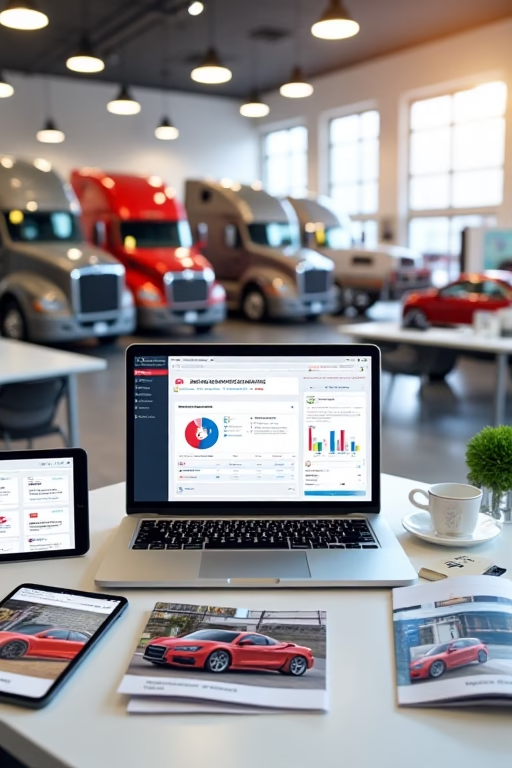
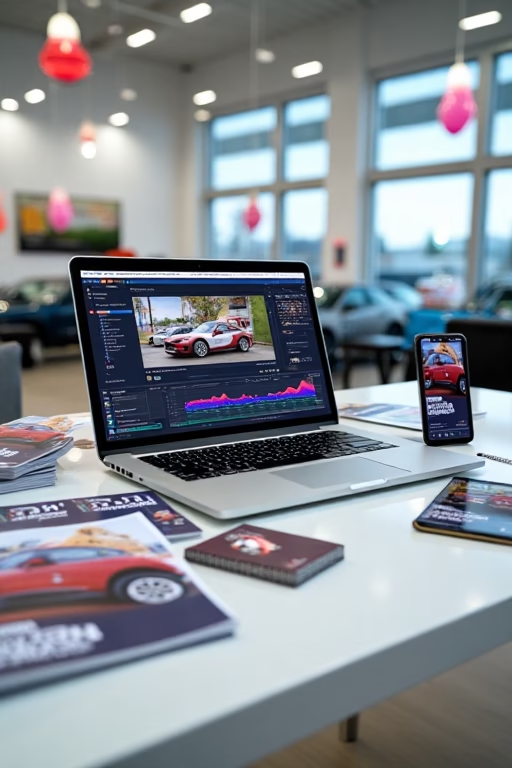
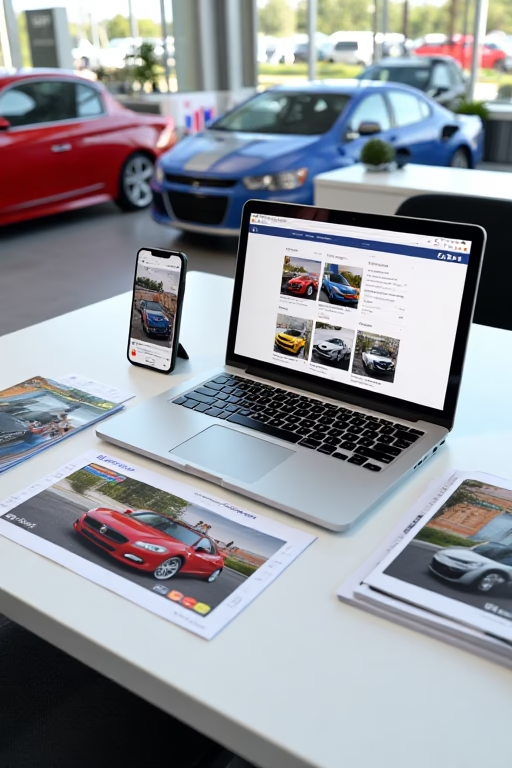


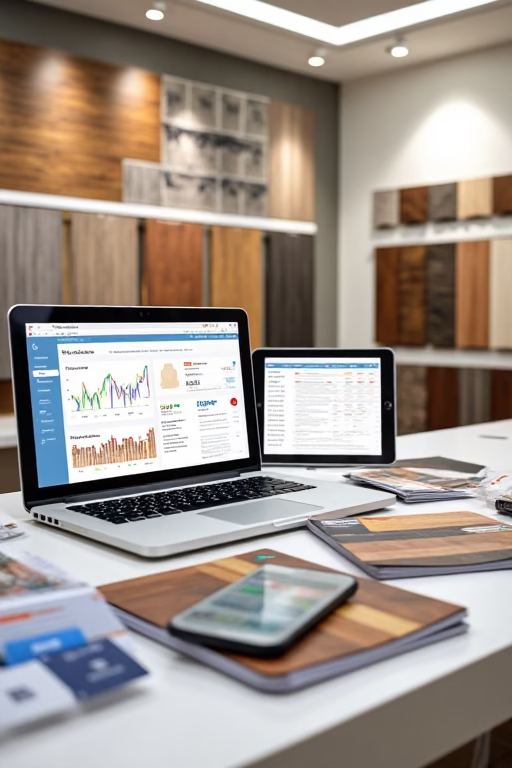
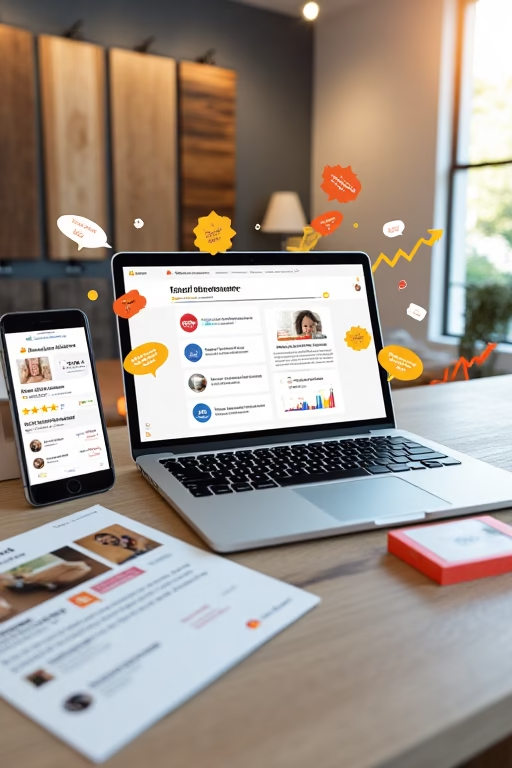

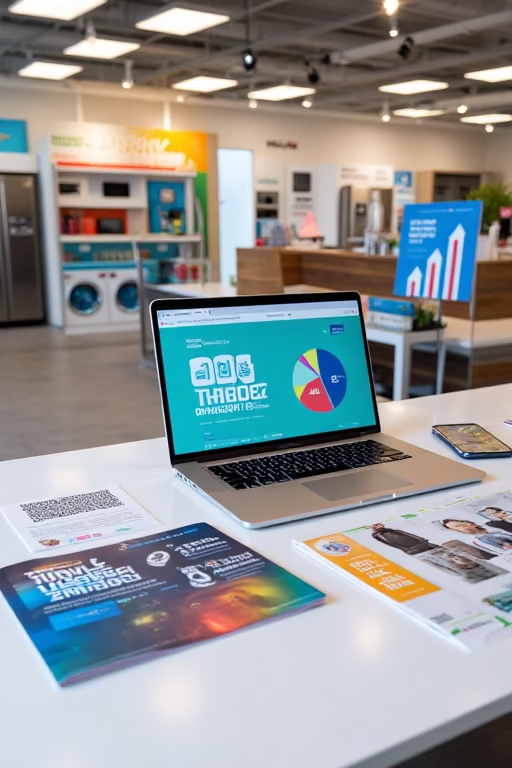
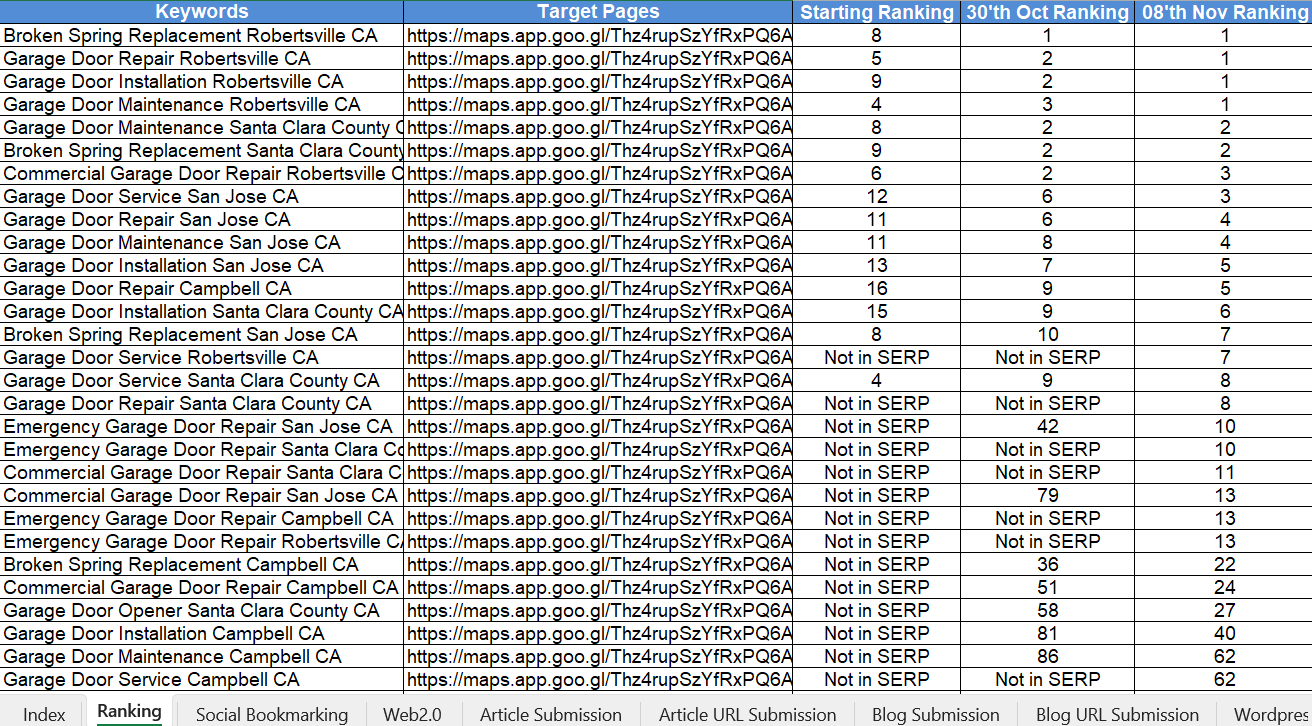
2.3 Social Media Marketing
Social media platforms offer a powerful way to connect with construction companies and showcase your truck offerings.